All products featured are independently chosen by us. However, SoundGuys may receive a commission on orders placed through its retail links. See our ethics statement.
Headphones and earbuds set to change dramatically by 2025
January 26, 2024
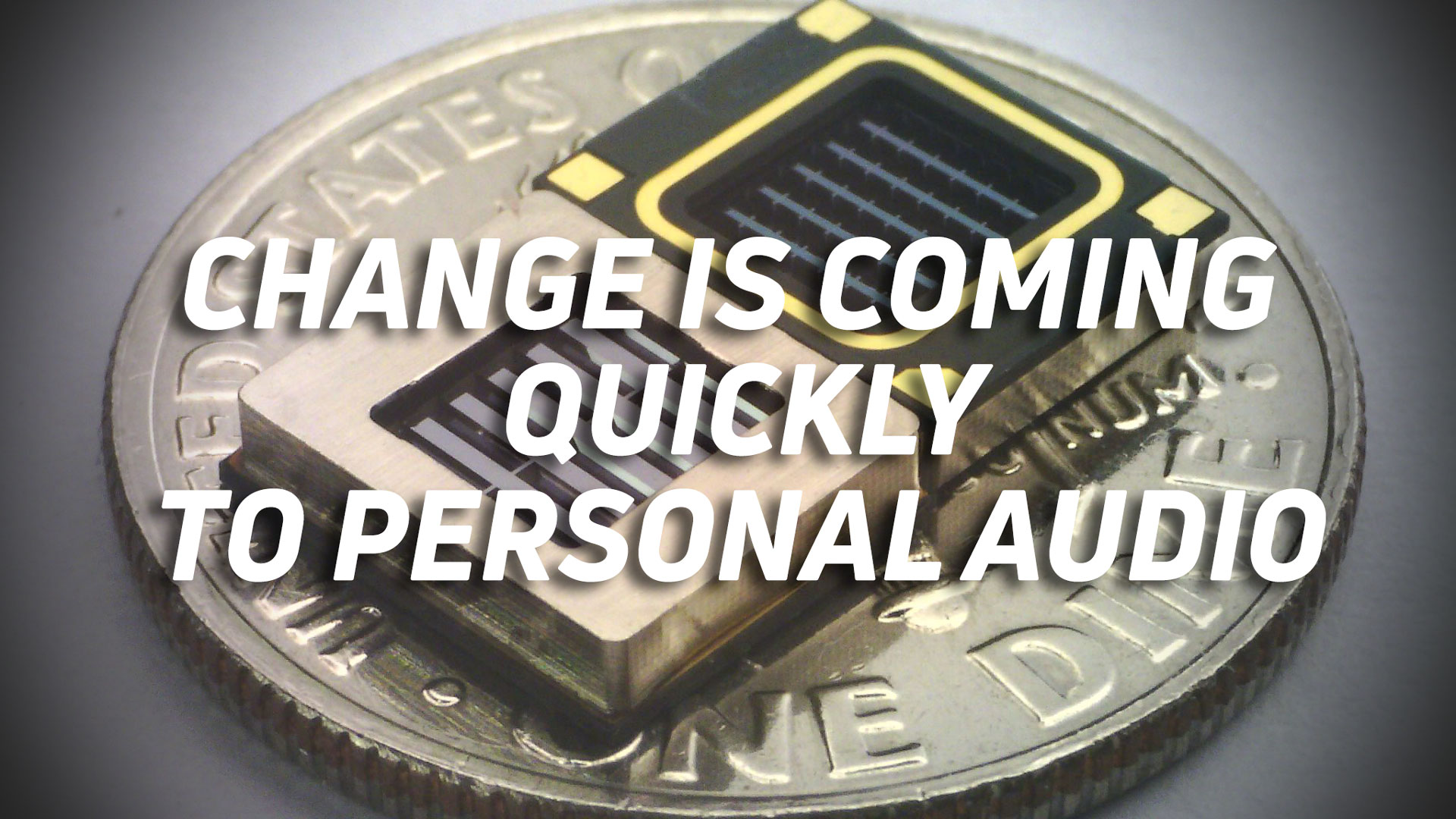
Though their marketing would have you believe that every new headphone released is the most groundbreaking yet, most products are largely iterative from year to year. But fundamental changes are afoot over the next couple of years: The earbuds of 2025 will have fundamental advances over those of today.
What’s happening?
Personal audio is ready to enter a new era relatively quickly (for the niche, anyway) on the backs of a few technological, legal, and manufacturing breakthroughs. We’re about to see the end of some of wireless audio’s most significant shortcomings, with improved solutions to how listeners hear and more convenience in battery-reliant products. The fact that this is all happening simultaneously might make heads spin, but it’s worth knowing what’s coming down the pike in 2025 when you make buying decisions in 2024. What’s conventional wisdom today won’t hold for long.
Here’s what will shake up the industry in the next year and a half.
MEMS speakers will proliferate quickly
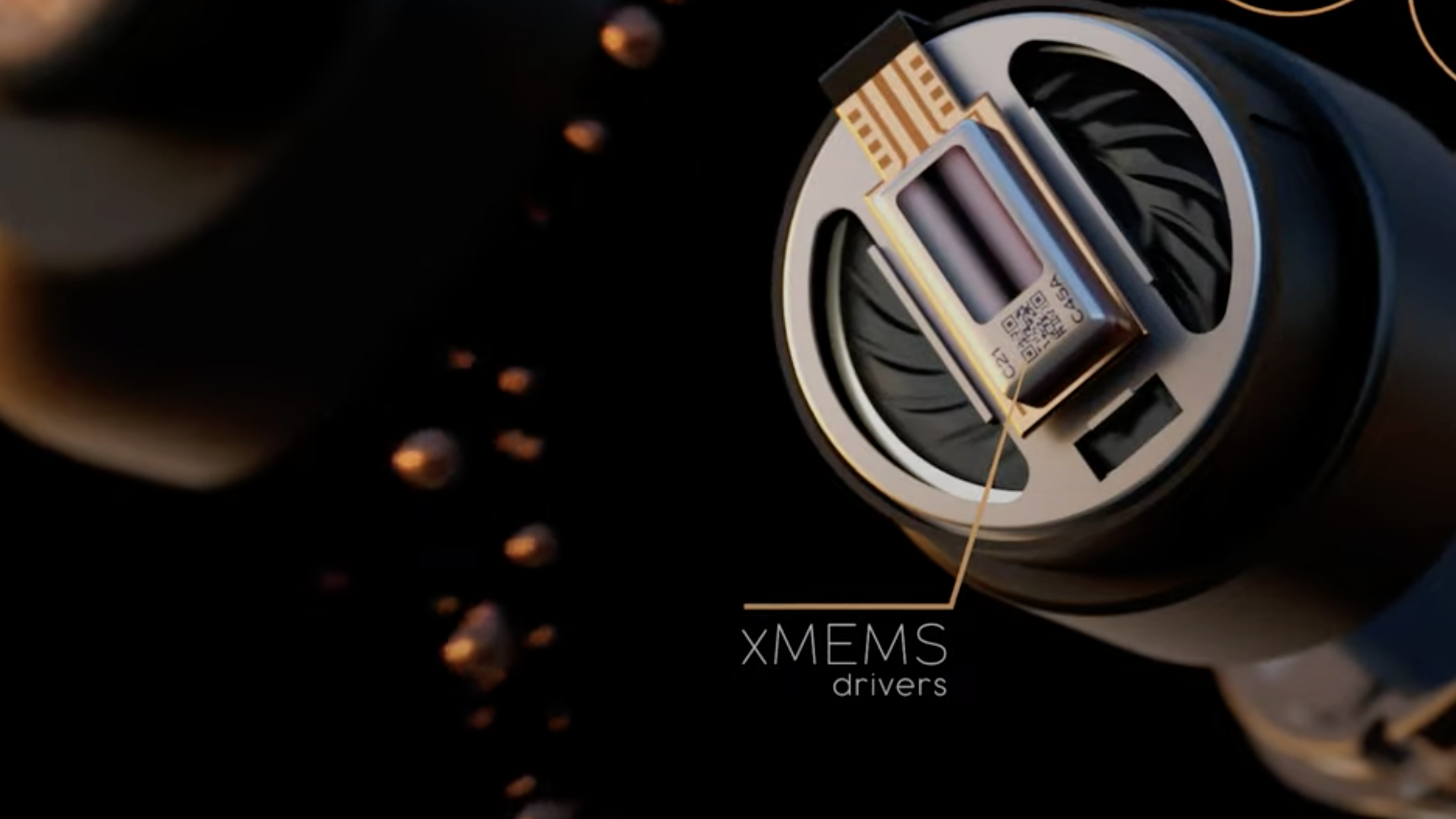
Several driver types are available for earbuds and headphones, but none are as exciting as the Microelectromechanical Systems (MEMS) speaker. In a leap of tech as stark as the jump from hard drives to solid-state drives (SSDs), MEMS speakers are entirely different in form from the traditional moving coil or balanced armature driver designs, with an impressive list of claims. For example, their significantly reduced mass, increased power efficiency, and high production yields with little part-to-part variance offer advantages in manufacturing and performance.
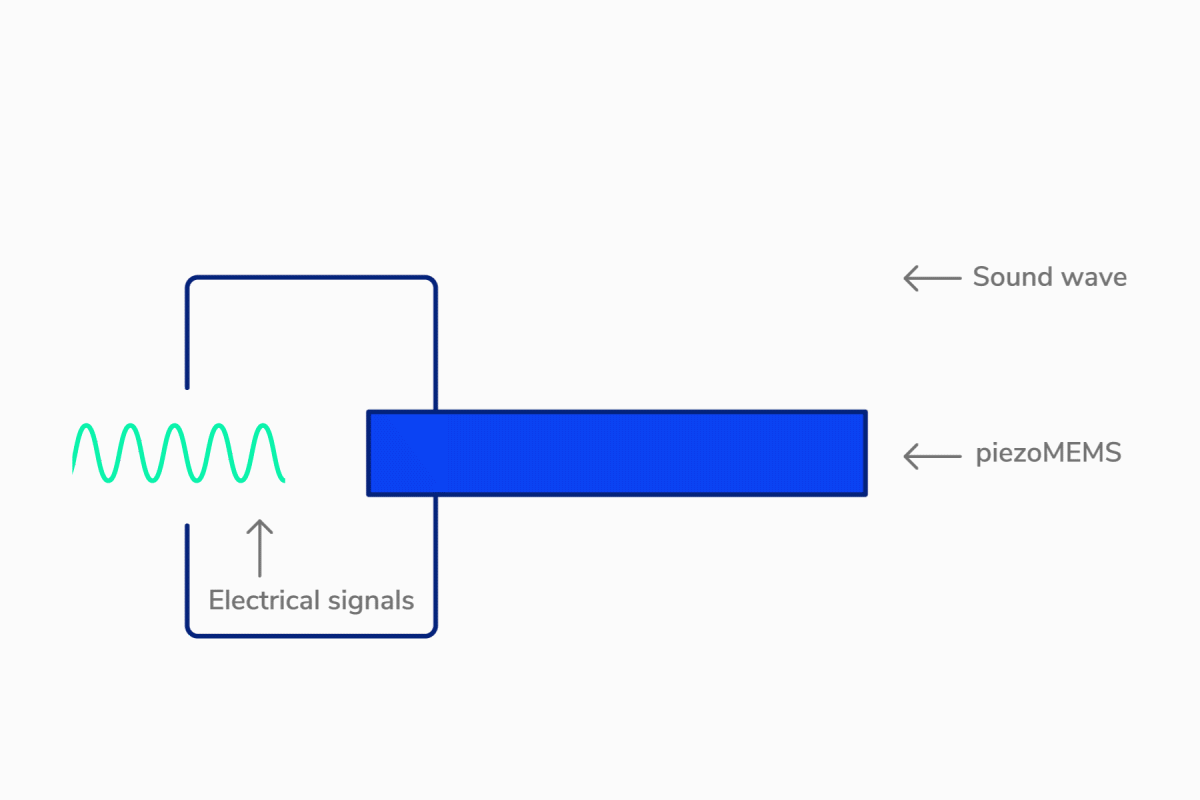
Also called solid-state speakers, these components can be soldered directly onto a circuit board instead of relying on flying leads or spring terminals and should be more reliable than traditional drivers that can’t be reflowed onto a board. The arrival of MEMS speakers to the earbud world will raise the performance ceiling — and floor — of tiny audio products in battery life, sound quality, and noise cancelation due to the technology’s inherent strengths.
The performance upgrades are twofold: MEMS speakers can move air very fast, leading to extended high-frequency bandwidth, and the near-zero part variance will make them better equipped to support spatial audio content as the driver performance will be better matched between left and right channels. The extended bandwidth (up to 80kHz) has also been leveraged in a clever spin on this new technology by the company xMEMS in its new Cypress product, demonstrated at CES 2024. These drivers employ a novel technique called ultrasonic amplitude modulation, which dramatically increases the sound pressure output possible, making full-range MEMS speakers feasible, with further potential power savings.
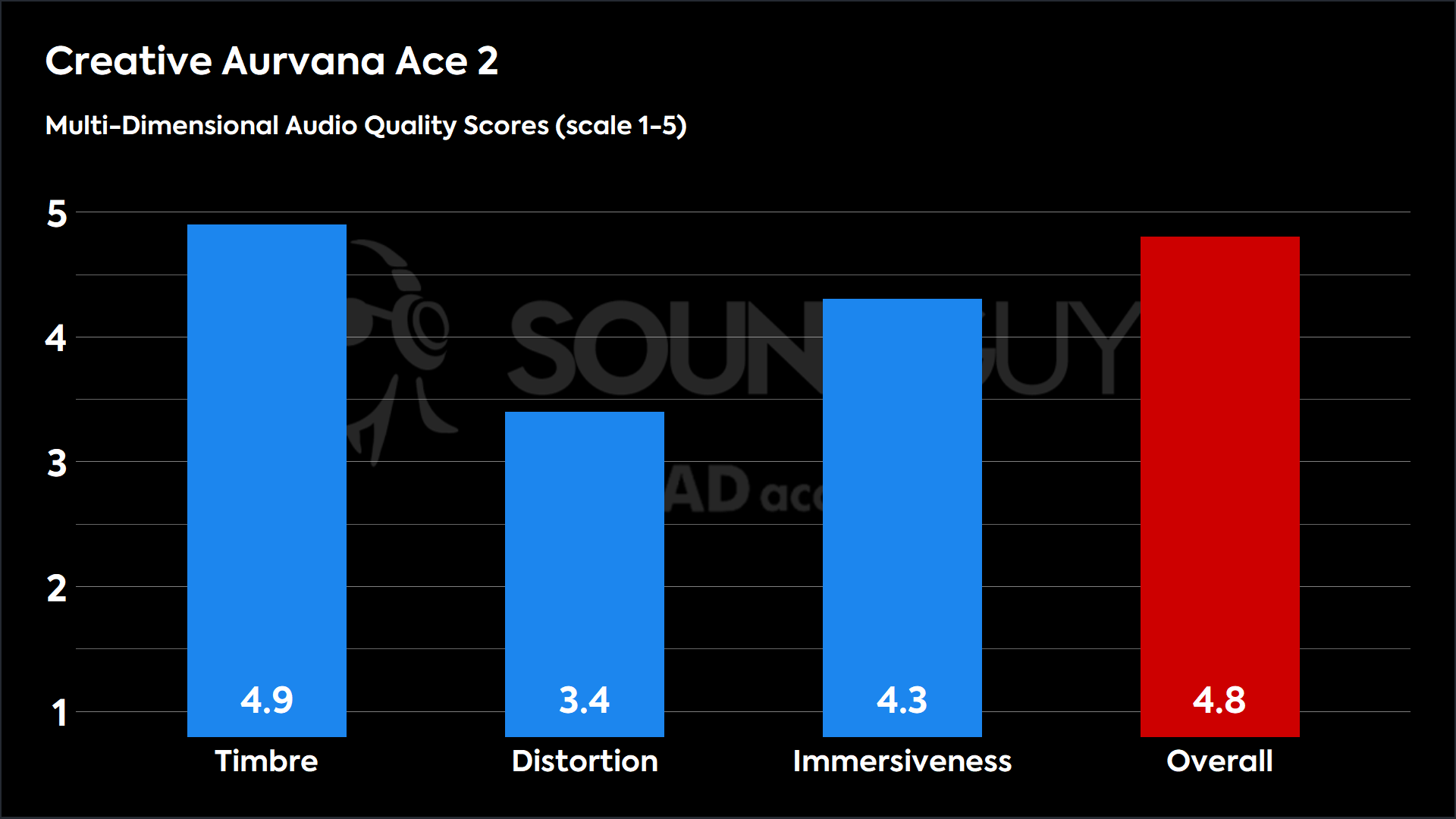
While it won’t happen overnight, earbuds moving to full-range MEMS drivers over balanced armature and dynamic drivers will entice manufacturers looking to make the case for their wares in a crowded market. Though the full-range drivers mentioned above won’t hit the market until 2025, we’ve already started to see MEMS drivers proliferate into the market via products like the Creative Aurvana Ace 2 as tweeters. The initial results are promising. We rarely come across tech that isn’t some measure of hype, and it appears that MEMS speakers are anything but.
New chipsets offer lossless audio over wireless
But isn’t Bluetooth the bottleneck in sound quality here? While the family of wireless standards and codecs that is the most-used audio connection today has seen enormous improvements, there’s only so much data Bluetooth can carry. Wireless audio has always had some tradeoffs over wired listening regarding signal quality, but this is about to change.
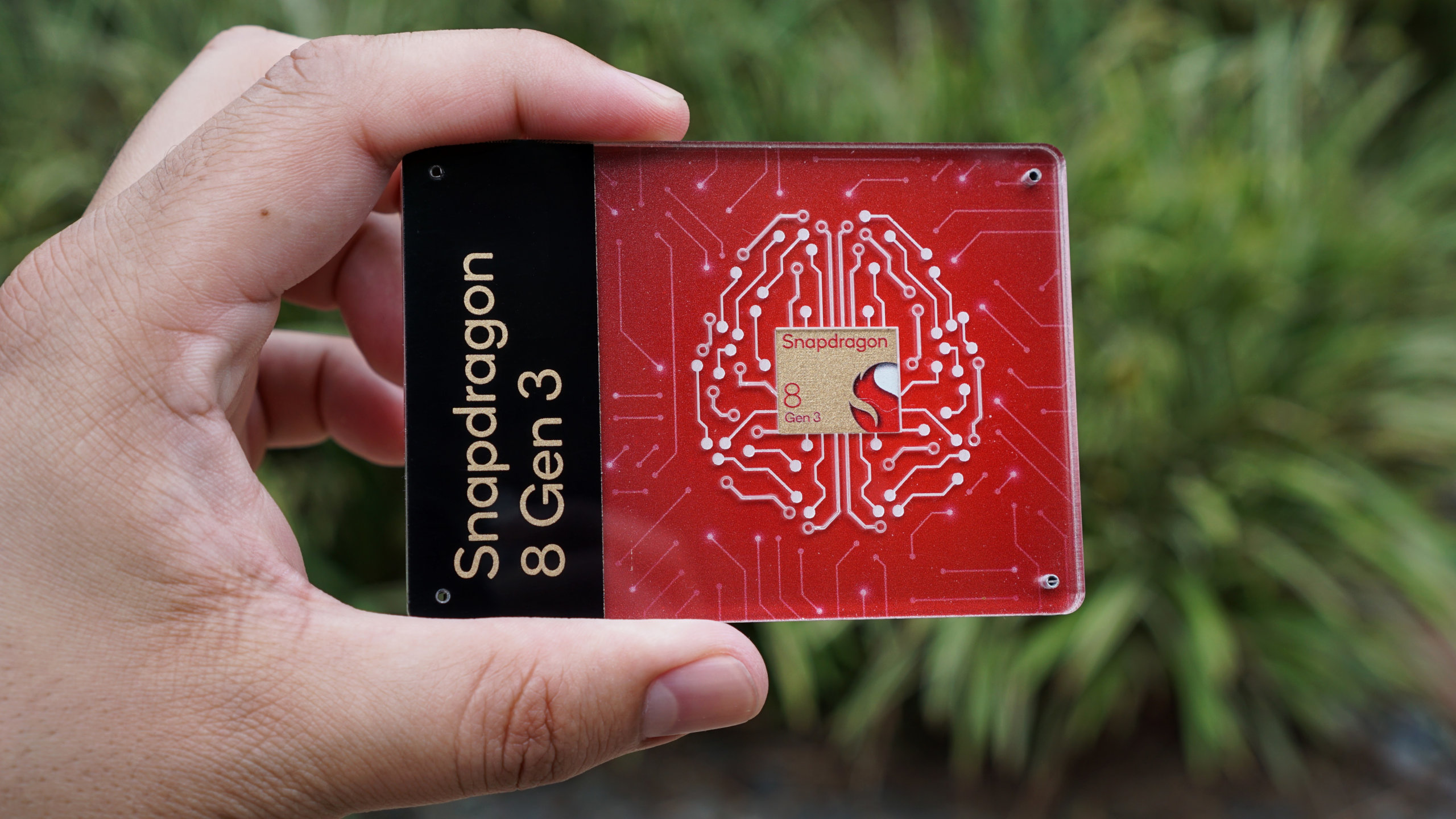
The upcoming Qualcomm S7 and S7 Pro chipsets for wireless audio products will support micro-power Wi-Fi, which can allegedly transmit bit-perfect lossless audio — something Bluetooth can approach but not quite accomplish. This tech also allows you to use your home’s Wi-Fi network to connect to your source devices so that you can roam further away from your phone. Of course, this hardware is platform-limited to Android smartphones with a Qualcomm Snapdragon 8 Gen 3 processor or better. Still, the leap is giant enough that we should assume competitors like Apple, MediaTek, and Samsung will attempt to make their advancements here.
Bluetooth’s most significant shortcomings are sound quality and the need for batteries. But with the sound quality bottleneck being solved at the same time lower-power hardware is showing up in earbuds to make the most of those advancements, you should see many of the issues commonly attributed to wireless audio start to fade away as newer phones and earphones emerge.
Earbuds will take on more duties from hearing aids
As earbud technology improves, the roles they’re being asked to fill are also expanding. Though we’ve been writing about Bluetooth LE Audio for years, we’re finally seeing some of the features promised in 2020 approach the market. Specifically, I’m talking about Auracast and the increasing trend toward hearable devices.
It’s no secret that devices meant to help you ease the worst parts of hearing loss can be… imperfect. However, legal changes in the US in 2022, plus a series of mergers and partnerships between headphone manufacturers and hearing aid companies, set the stage for earbuds to take over some duties for hearing assistive devices. The draw is simple: those needing hearing assistance can benefit from new features offered by earbuds.
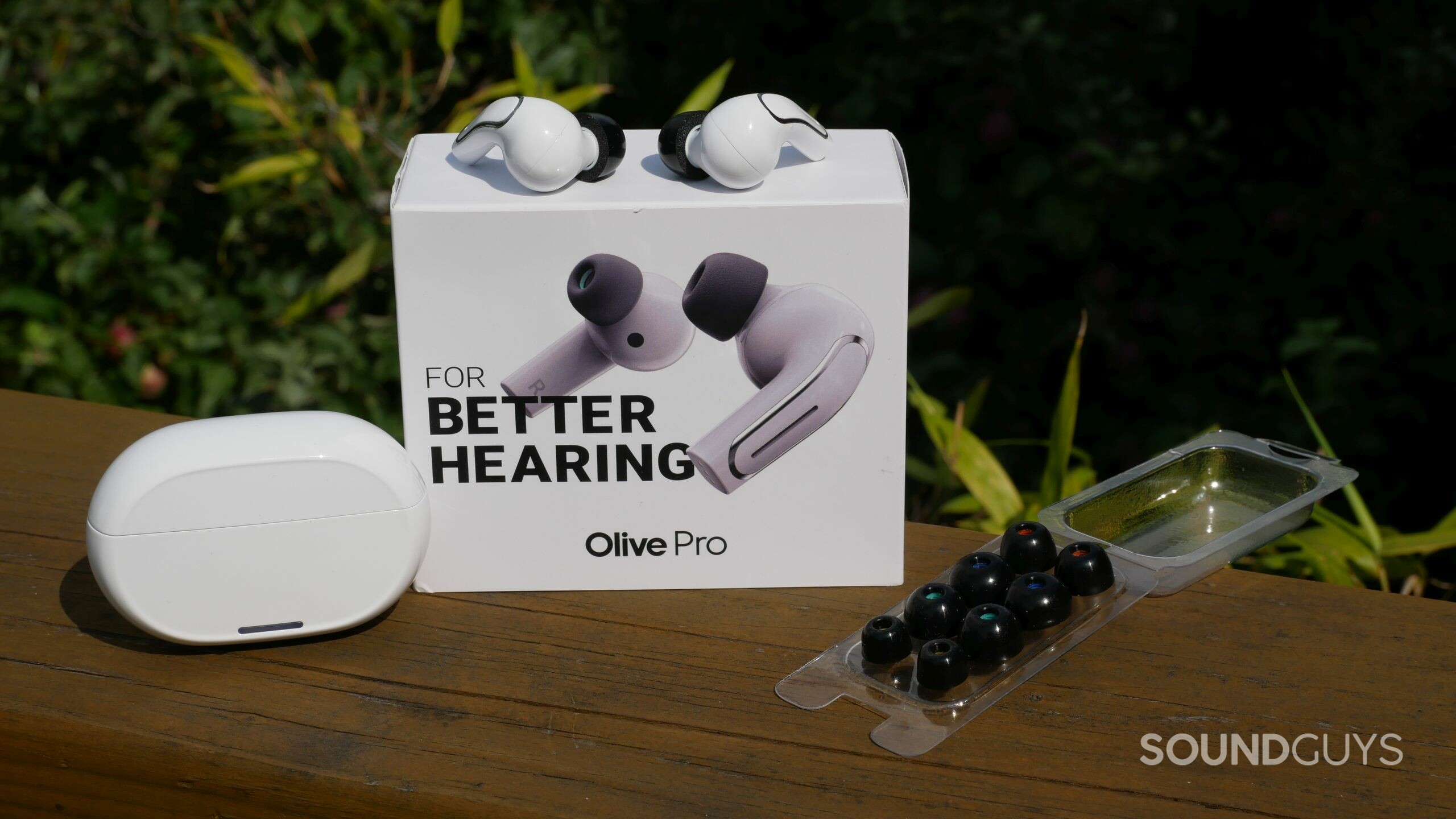
If you don’t have hearing aids, you may not know that they are expensive, fragile, and often not covered by insurance until a set number of years pass. Some hearing aids rely on single-use or disposable batteries; others can be difficult to maintain for as long as needed. Several insurance plans only cover new devices every five years, and I don’t have to tell you that tiny batteries just don’t last that long. Additionally, many people are self-conscious when wearing hearing aids, as they can be a visual reminder of their changing needs.
Over-the-counter Personal Sound Amplification Products (PSAP) debuted, though they often look like wireless earbuds — so some companies wonder: why separate the product categories? Wireless earbuds have an impressive array of features that hearing aids generally don’t, so combining the devices seems like the best of both worlds for many. Using earbuds you may already own as hearing assistive devices is an attractive proposition for younger listeners who may only need a little help in this arena and allows a much easier transition to this kind of assistive device. There are some disadvantages to wearing earbuds, but on the whole, this is a positive development that should see prices fall, availability increase, and more people have their needs met.
Both earbuds and hearing devices should also benefit from the latest Bluetooth standards, with the proliferation of Auracast in different venues like churches, sports arenas, and movie theatres. Grabbing audio feeds from your surroundings directly will mean you don’t have to worry about missing important announcements, and you can also change the languages of your feed in some instances. That’s huge: real-time translation is difficult for many worldwide, especially here in Canada between French and English speakers. Opening access to more people and reducing barriers to participation in these events is a big deal.
More research into the science of listener preference is reaching products
While personal audio tech improves, so is our understanding of what makes “good sound.” Current research and standards developed by researchers at Harman have improved our understanding of what people want to hear from audio devices, but the march of progress is never-ending. Over the last six years, the audio industry has adopted much more capable test equipment from companies like Bruel & Kjaer and HEAD acoustics, along with new avenues of research around what listeners prefer from their music playback systems. We already see more complexity in measuring sound quality and what qualities people prefer.
For example, Knowles’ research into earbud response preference has identified age-related patterns. This kind of research is assisted by the advent of the newest generation of ear simulators that are accurate at frequencies higher than 10KHz. Audio products should benefit from these studies as time passes by approaching sound tuning as a more user-centric endeavor and not a monolithic one-curve-fits-all approach. With Harman, Knowles, HEAD acoustics, and others leading the way, we fully expect to see measurement standards and the understanding of our hearing system (beyond the eardrum) continue to improve, ultimately benefiting us all as music consumers.
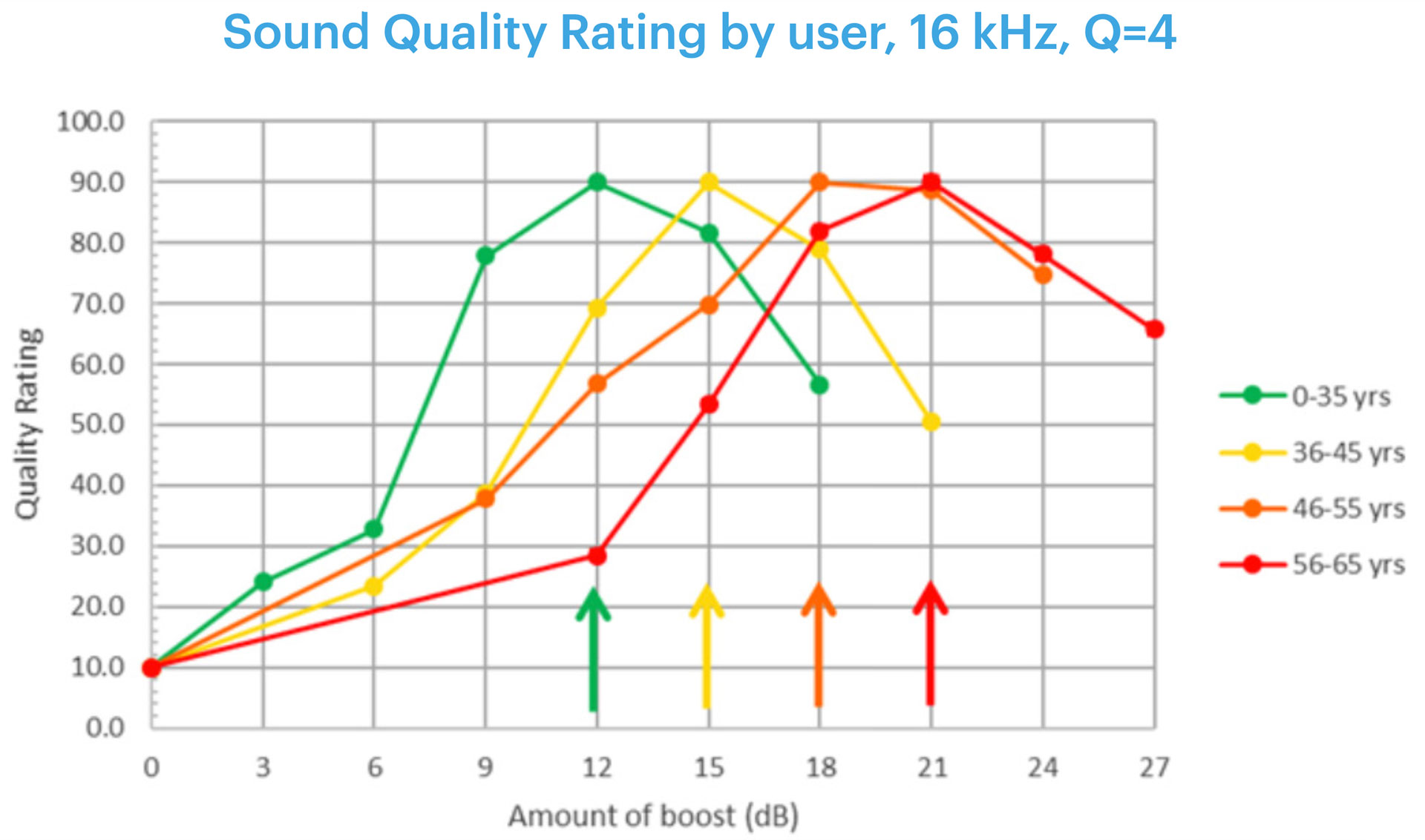
Even our coverage of audio quality on SoundGuys has changed to reflect this reality, moving away from our target curve-based scoring to using HEAD acoustics’ Multi-Dimensional Audio Quality Scores to contextualize audio product performance. While it will take time for this approach to become normalized in the review space, having new ways to quantify performance from the perspective of what listeners want is a powerful tool indeed. As time passes and we learn more about how we perceive audio quality, marrying this knowledge with more capable hardware should translate into better sound for everyone.
Lower power requirements plus solar cells equal less charging
Speaking of batteries, it’s time we brought up the commercial success of photovoltaic (solar) cells designed for headphones like the ones created by Exeger and used by 3M and Urbanista. That’s right: solar power will increase market penetration for headphones in 2025. Nobody likes charging a wireless headset, nor is anyone I know of a fan of single-use batteries or their music dying in the middle of a song. But as we’re seeing personal audio hardware move towards lower-power applications, solar power sources on the bands and cases of consumer — and professional — audio products will be more feasible overall. Likely, products released in the next two years may not need wired charging as often — instead, spending some time outdoors could extend your battery life as long as you need it to.
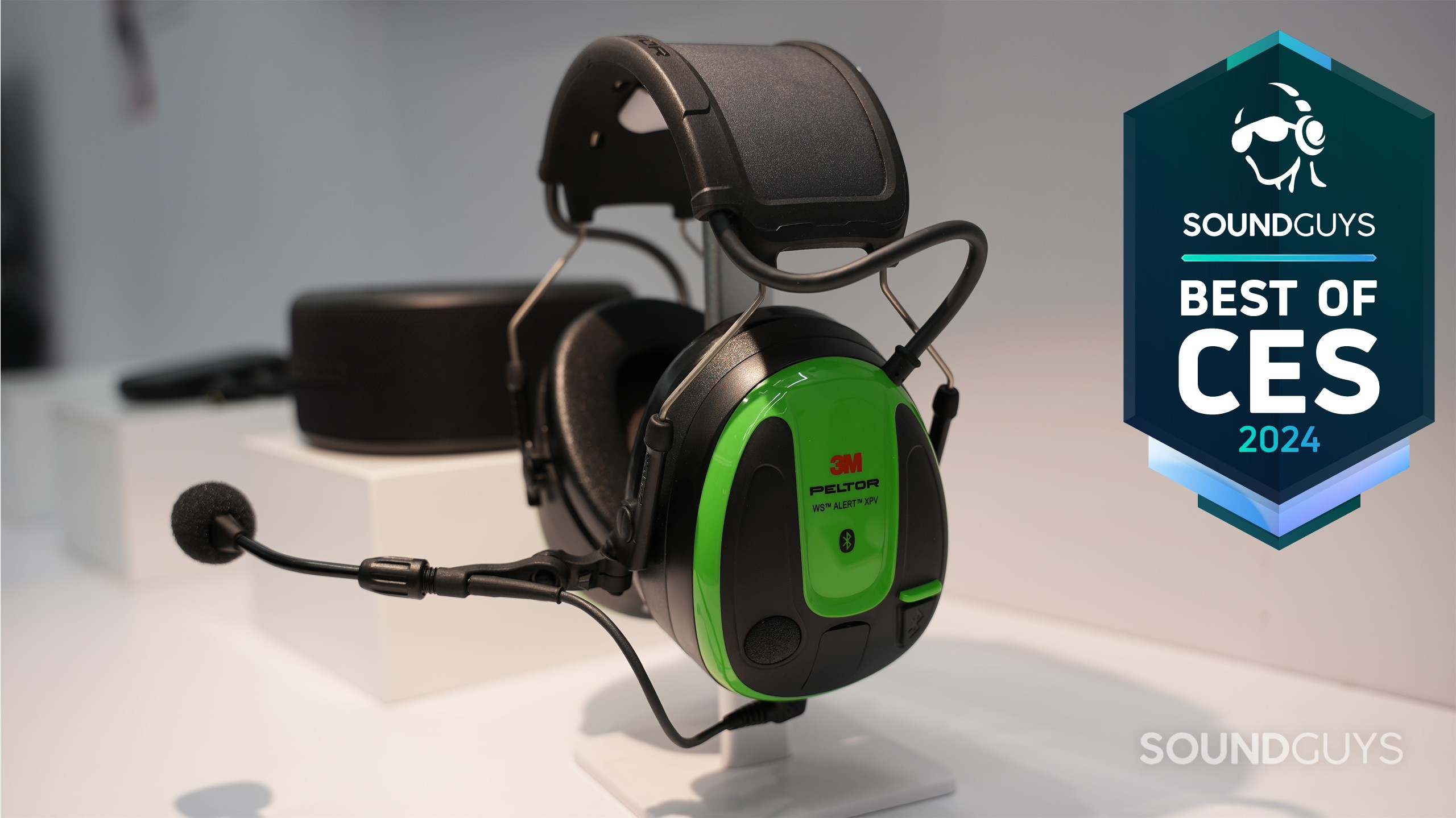
Renewable energy options are a boon to any power-sucking gadget, mainly because they reduce the cost of operation without any effort required. Charging your batteries without putting wear on solder joints will extend your headphones’ life, and extending your charge while outside means less energy you pay for.
Wrapping up
The next couple of years should see the advent of truly lossless wireless audio and improvements in hardware and usability for earbuds and wireless headphones. Though it will take time for chipsets, components, and new software to proliferate, eliminating current shortcomings should increase consumer satisfaction with personal audio products.
The future looks bright on paper, and we’ll be here to put the new tech through its paces as it becomes available.